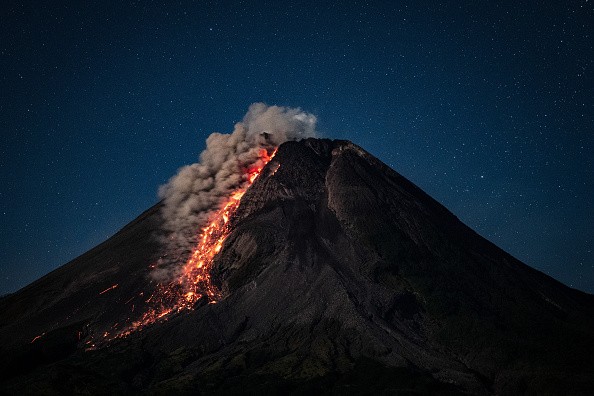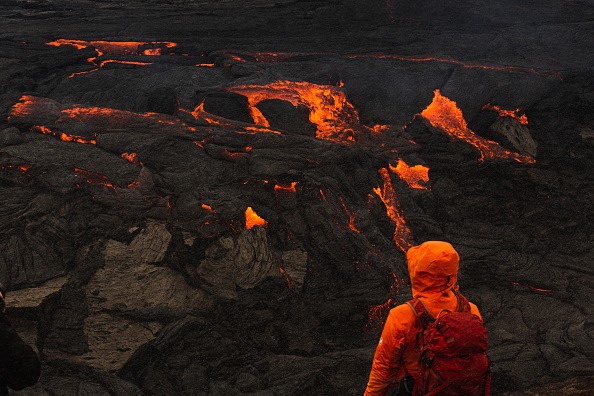The sudden release of carbon dioxide from large water bodies can be disastrous. This is now the concern of residents near Lake Kivu after the eruption of Mount Nyiragongo. The volcano, located at the edge of the Congolese city of Goma, is one of the deadliest volcanoes in Africa.

Limnic Eruption
Its final major eruption, in 2002, took the lives of hundreds of people and over 120,000 were rendered homeless. On May 22nd the eruption took place again, taking the lives of dozens as molten lava destroyed city buildings, homes, and roads and flowed down to the outlying region of the airport. But the disaster so far is only a taste of the capacity of Nyiragongo for destruction.
If it should erupt again, as authorities worry is likely, its closeness to Lake Kivu in Congo could lead to what is referred to as limnic eruption, in which carbon dioxide that is dissolved in the water is released, to disastrous effect. Should such a disaster take place, the number of lives lost could rise to the thousands.
How do limnic eruptions come about? And what makes them so particularly dangerous? Limnic eruptions and volcanic eruptions are not necessarily connected. The former, gotten from the Greek word for lake, takes place when a body of water is disrupted sufficiently to discharge large amounts of the gas it contains.
Also Read: Eruption of Congo's Mount Nyiragongo Leaves At Least 15 Dead, Thousands Displaced
Rise in Temperature
Such a disruption could be brought about by an active volcano, but ground movement (like a landslide or an earthquake) or an increase in temperature are other potentialities. On the other hand, a lake can contain so much trapped gas that more can't be absorbed. In such case, any extra gas pumped into the lake will come up to the surface.
As the most common such gas, CO2, is heavier than air, it will stay at ground level and displace the atmosphere that is breathable. If adequate gas is released, this can suffocate people and animals, and leave large areas temporarily unlivable.

Nyiragongo Volcano
On Thursday, orders to vacate Goma, a city lying in the shadow of DR Congo's Mount Nyiragongo volcano, have clarified an unusual but likely catastrophic risk - a "limnic eruption," when volcanic activity merges with a deep lake can discharge deadly, suffocating gas. The phenomenon initially came to the attention of the world in August 1984, when 37 people lost their lives mysteriously at Lake Monoun in western Cameroon.
Experts discovered that there has been an eruption in dissolved carbon dioxide (CO2) gas in the depths of the lake, producing undetectable clouds at the surface borne by winds into homes and fields, choking out life. Two years later, over 1,700 people and thousands of cattle lost their lives in Lake Nyos, also in Cameroon, making the belief that volcanic activity and earthquakes can provoke these rare events powerful.
Over 600,000 people inhabit Goma, although the population of the region is about two million, in addition to over 90,000 people who live across the frontier in the Rwandan city of Gisenyi.
Related Article: Mount Nyiragongo: Second Eruption Feared as Two Wide Cracks Appeared, Prompting Mass Exodus
For more news, updates about the limnic eruption and similar topics don't forget to follow Nature World News!
© 2024 NatureWorldNews.com All rights reserved. Do not reproduce without permission.

![Tsunami Hazard Zones: New US Map Shows Places at Risk of Flooding and Tsunamis Amid Rising Sea Levels [NOAA]](https://1471793142.rsc.cdn77.org/data/thumbs/full/70325/280/157/50/40/tsunami-hazard-zones-new-us-map-shows-places-at-risk-of-flooding-and-tsunamis-amid-rising-sea-levels-noaa.jpg)



